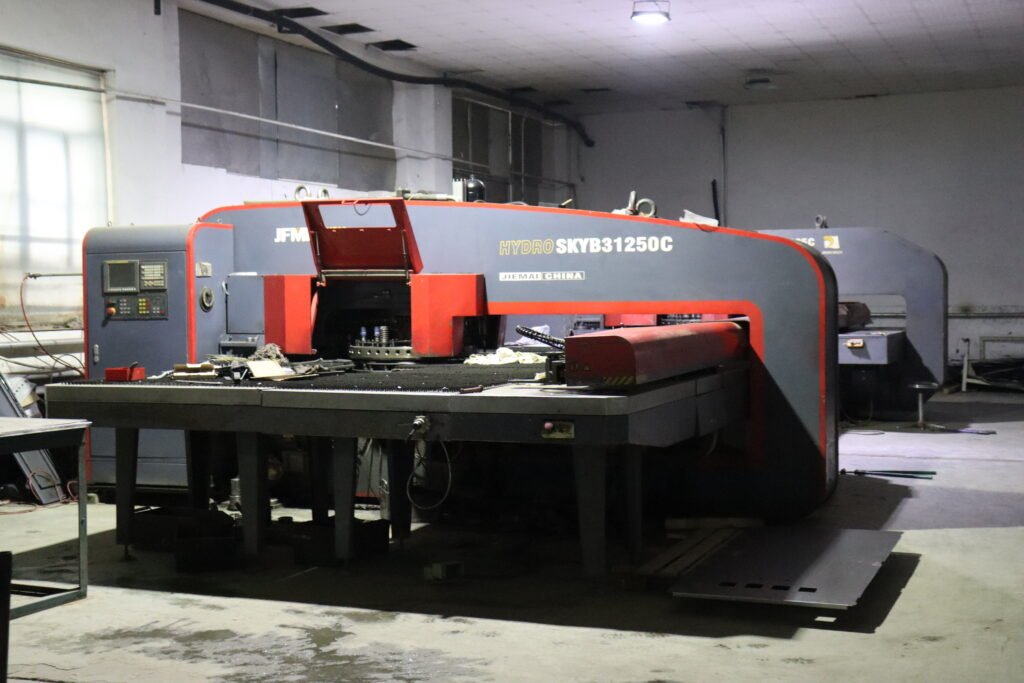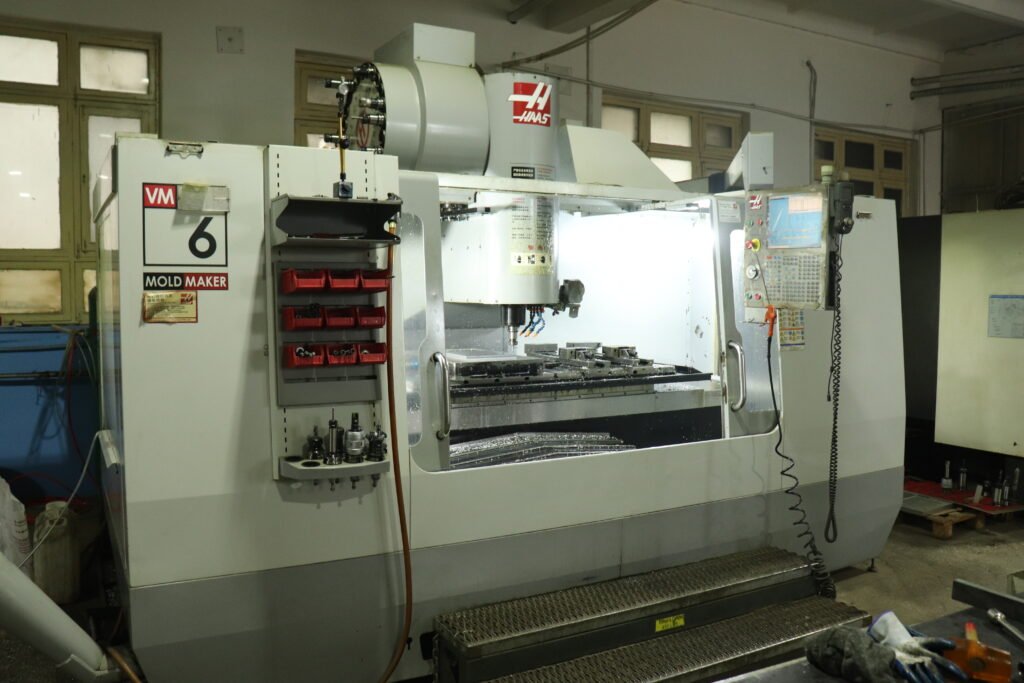What is hospital furniture?
Table of Contents
1. What is hospital furniture
2. Functions and uses of hospital furniture
3. Design considerations for hospital furniture
4. Materials and quality of hospital furniture
5. Common misunderstandings about hospital furniture
6. Importance of maintenance for hospital furniture
What is hospital furniture
Hospital furniture is a variety of furniture designed specifically for hospital environments. It includes medical beds and bedside tables, which provide patients with comfortable rest and storage space. Storage furniture such as medicine cabinets and instrument cabinets ensure the proper storage of medicines and instruments. Medical office furniture such as examination tables and chairs meet the needs of medical work. There are also public area furniture such as waiting chairs and infusion chairs to serve patients and their families. Hospital furniture is professional and meets medical standards and specifications; it focuses on safety, adopts rounded corners and environmentally friendly materials; it is humanized and convenient for patients to use; and it is easy to clean and disinfect to maintain a hygienic environment in the hospital.


Functions and uses of hospital furniture
Hospital furniture has many important functions and uses. The tables and chairs in the diagnosis room provide a comfortable communication space for doctors and patients, which is convenient for diagnosis. Ward furniture, such as beds, can be adjusted to meet the different rest needs of patients, and bedside tables are convenient for patients to place items. The workbench at the nurse station is convenient for medical staff to work and record patient information. The chairs in the waiting area provide a resting place for patients and their families. Hospital furniture must not only meet functional needs, but also have the characteristics of easy cleaning and durability to adapt to the special environment of the hospital and provide strong support for the smooth development of medical work and the rehabilitation of patients.
Design considerations for hospital furniture
The design of hospital furniture needs to consider many factors.




Materials and quality of hospital furniture
The material and quality of hospital furniture are crucial. High-quality hospital furniture usually uses environmentally friendly and durable materials. For example, steel is durable and easy to clean, making it suitable for medical equipment racks. Solid wood has a good texture and gives a warm feeling, so it can be used for doctor’s office furniture. Artificial board is less expensive and can meet different design requirements. In terms of quality, hospital furniture should have good stability and load-bearing capacity to ensure safe use. At the same time, the surface treatment should be smooth to prevent bacteria from growing. The hardware accessories of the furniture should also be of reliable quality to ensure a long service life.
Common misunderstandings about hospital furniture
There are some common misunderstandings about hospital furniture. First, some people think that hospital furniture only needs to be practical, ignoring the importance of its design. In fact, reasonable design can improve medical care efficiency and provide patients with a better medical experience. Second, some people think that hospital furniture does not need to consider aesthetics. However, a comfortable and beautiful environment can help relieve patients’ tension. Third, some people think that hospital furniture is very cheap. In fact, high-quality hospital furniture must meet strict standards and the cost is not low. Finally, some people mistakenly think that hospital furniture is no different from ordinary furniture. In fact, hospital furniture has special requirements in terms of materials and functions.


Importance of maintenance for hospital furniture
Maintenance is essential for hospital furniture. Regular maintenance can extend the service life of furniture and reduce replacement costs. Cleaning and disinfection can prevent the growth of bacteria and provide a safe environment for patients and medical staff. Timely inspection and repair of damaged parts can ensure the stability and safety of furniture. Good maintenance can also keep the appearance of furniture clean and tidy, and enhance the overall image of the hospital. In addition, the careful maintenance of hospital furniture also reflects the hospital’s care for patients and the importance it attaches to the quality of medical services, which helps to improve patient satisfaction and trust, and lays the foundation for the sustainable development of the hospital.
Contact us
FIll out the form below and we will cantact you as soon as possible



